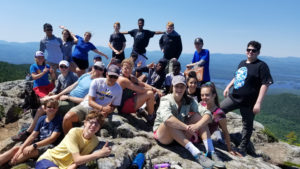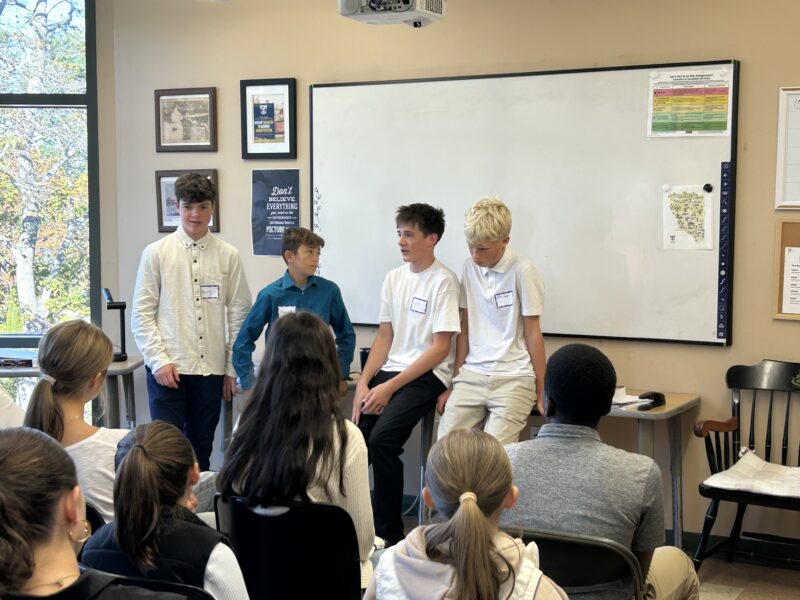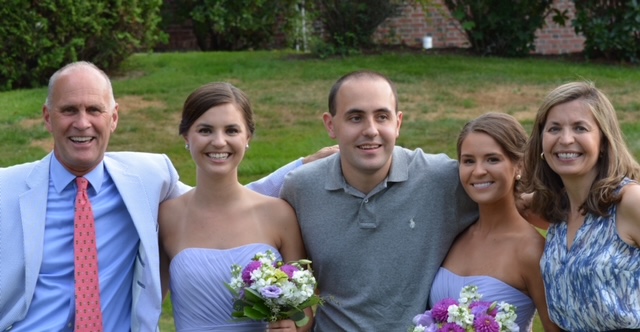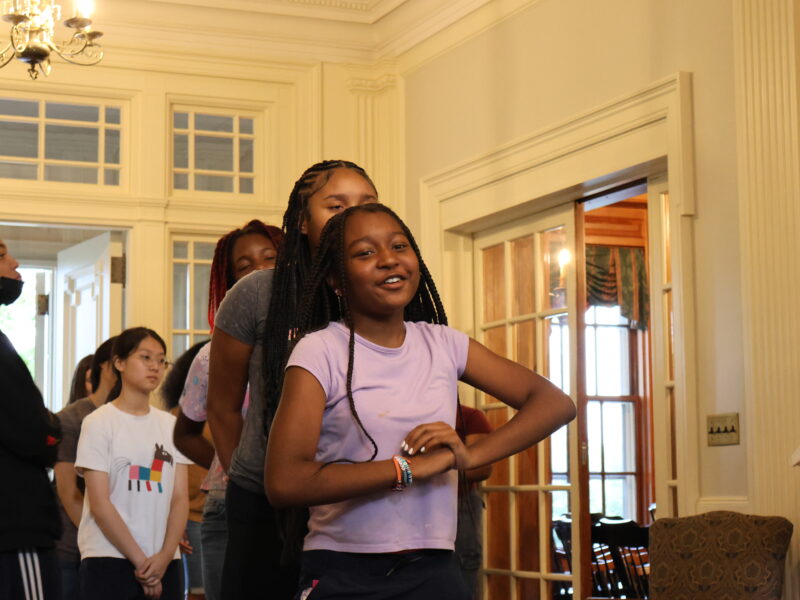
When we talk with prospective Discovery Process schools, they understandably want to know what changes need to be made in order to launch and implement the program. So, on that score, here’s my take on a sequential “first-things-first” Top 10 List.
1. Training: Plan your training with the Hyde Institute. The options range from in-person, on-campus training conducted by Hyde Institute team members to in-house or self-training via on-line access to the 10+ hours of training accessible anytime on the Discovery Process learning management system (LMS). (Note: The training features separate components designed specifically for school leaders and teachers.)
2. Invite all participating teachers and school leaders to log on to the password protected portal and spend some time surfing the LMS. Familiarize yourselves with the 134 SEL lessons as well as the training components, especially the three virtual handbooks designed for specific audiences: a. Teachers, b. Leaders, c. Facilitators.
3. Carve out time on the weekly schedule for the 10/15-minute Daily Check-In each morning as well as one period a week (minimum) for Discovery Process lessons and activities. (Note: We recommend one period daily.)
4. Organize the student body into Discovery Groups, each consisting of 14-to-16 and one or two teachers. We strongly recommend that these groups be mixed aged. As for how to do it, there are many options, including any number of randomizing software programs. A section of the training program specifically designed for school leaders addresses ways to construct the groups. (Note: Consider keeping these groups intact throughout the student’s tenure in your school. Some of our schools do so from middle school through high school!)
5. Integrate core activities (gym class, intramurals, performing arts, community service) into the schedule. If the schedule already includes such items as gym class or student clubs, you might be able to conduct some of those by Discovery Groups.
6. Debrief, Debrief, Debrief! The Discovery Process is more about the “How” than the “What.” It boils down to asking, “OK. How did we just do?” Make the Debrief a common, everyday part of school life. While the Debrief module covers the process in detail, you will know that the Discovery Process has begun to integrate into your school when you start seeing: the soccer coach doing it after a game or practice… the performing arts teacher doing it after a rehearsal… a teacher doing it after intramurals. You’ll REALLY know it has taken hold when the kids start doing it without you.
7. Seek out and capitalize on the teachable moment. It’s one thing to facilitate a lesson on Caring or Concern for Others. It’s another to take notice and give a shout-out to Sally when she is holding the door for a janitor who is pulling a bucket & mop into the hallway. Whenever you see kids acting in a manner that reflects the principles espoused by your school, stop the action and make a big deal about it!
8. Access monthly instructional webinars presented by the Hyde Institute all of which are recorded and readily available on the LMS.
9. Remember: Teachers are participants who model the process as much as facilitate it. Sure, you’re in charge, but few things are more powerful for kids to see than adults acting like works in progress. After all, that’s what we are!
10. Don’t avoid the jobs component. Even if it’s only once or twice a month, students who spend some time maintaining the cleanliness of their learning environment are far less likely to litter the grounds or spray graffiti on the walls. It won’t be popular in the beginning, but it will become a source of pride over time.
Finally, Be Patient. Avoid assessing the program’s value while you’re doing it. Instead, pick a date off into the future – e.g., Halloween or Thanksgiving Break – when you will discuss and assess how it’s going.
Onward, Malcolm


